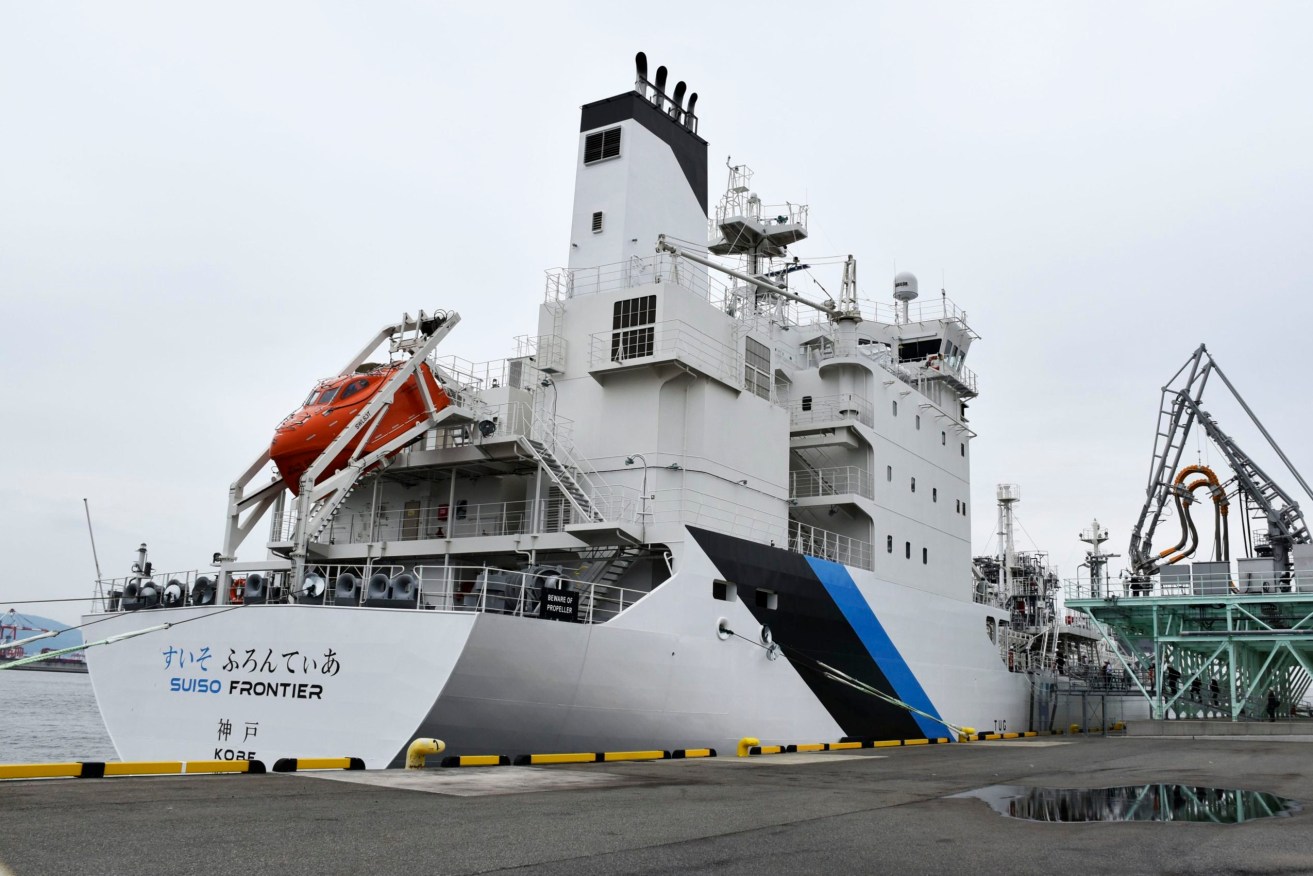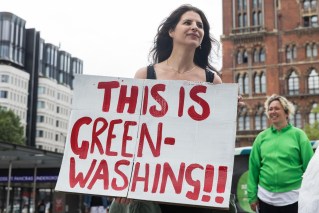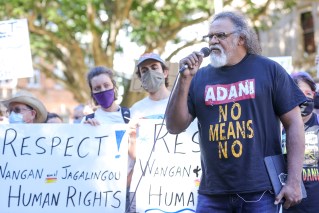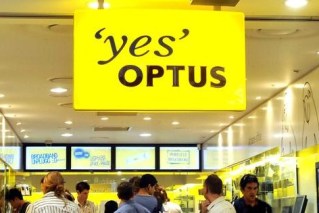We’re gonna need a bigger boat: Hydrogen boom will mean more Aussie export ships
Australia was likely to be a key player as hydrogen takes on a role in the transition to clean energy, according to a report by McKinsey.


The Suiso Frontier, the world's first ship designed to carry liquid hydrogen.(Kyodo via AP Images)
While hydrogen projects in Queensland and the rest of Australia were yet to prove commercially viable, McKinsey has painted a near-future in which hydrogen sold globally well below the $US2 kg price and cutting as much as $US6 trillion from the energy transition.
More than 1000 ships were expected to be needed by 2050 to transport hydrogen and its derivatives, like ammonia.
A boom in investment was tipped after 2030. Cumulative hydrogen investments would grow five times between 2030 and 2040, then double again by 2050. About three quarters of the investment would be in renewable energy projects needed to produce the green hydrogen.
But it would need infrastructure investments of $US1.5 trillion over the next decade and as much as 65 million tonnes would be transported long distances by 2030.
“By 2050, hydrogen could contribute to more than 20 per cent of the annual global emission reductions need for the world to reach net-zero emissions,” the report said.
The role for Australia would be in meeting the expected demand of 660 million tonnes of hydrogen and China would be the biggest user and the biggest producer. About two-thirds of demand will be in North America, Europe and East Asia.
Australia was likely to direct its exports to Japan and South Korea, but could also move into Europe.
McKinsey said Australia would be a vital supplier. Costs would be driven down in Australia to a low of $US1.15 kg, but this was more than the sub-$US1 level in places like Chile and the Middle East which would benefit from low-cost gas and a good supply of renewable energy from solar and wind.
“By 2030, the first piped imports into Europe will occur as domestic hydrogen supply is constrained and available renewable capacity is built to decarbonise power. Markets such as Japan, South Korea and Singapore will also be supply constrained and will start to import hydrogen via carriers to meet growing demand,” the report said.
“Long-distance trade, such as from Australia to Europe, could also materialise if more proximate suppliers can’t meet demand.
It said by 2050, Australian exports would diversify as the country increasingly becomes a mainstay exporter of ammonia (which contains hydrogen) to the rest of Asia.
By 2040, the growing supply from Australia, Africa, China and Latin America will be mostly due to renewable hydrogen and there will also be strong low-carbon hydrogen growth in the Middle East and North America.











